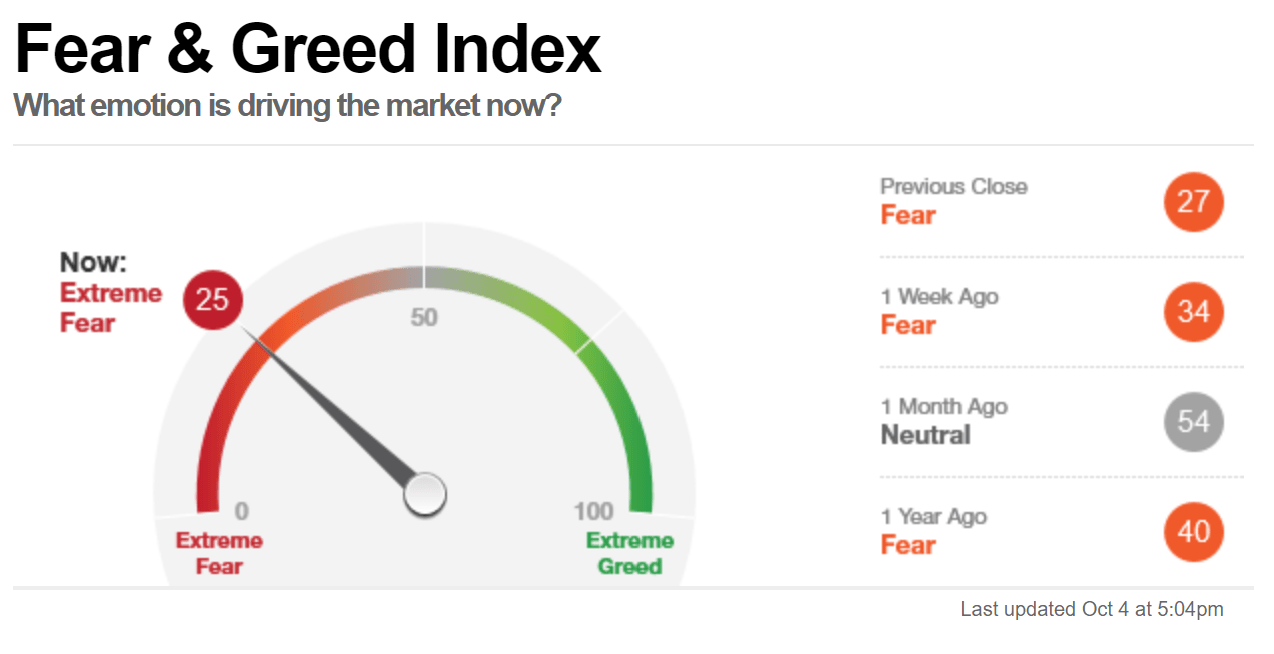| Buy the dip, not the rip. Sell at the top, buy at the bottom. Buy stocks and wait, don't wait to buy stocks. All of these mantras serve as cornerstones of the philosophy that's taken over the stock market over the last year, but they're easier said than done. Almost all of these conveniently short momentos constitute an attempt to time the market, which is a venture that can see jubilation become equally painful when missed even slightly. Buying the dip can work sometimes, but what about now? A teasing correction & the late summer doldrums The S&P 500 shaved off over 4% in September. That's a number in line with the historical data giving the last month of summer the reputation as the worst calendar trading month, and somewhat of a self-fulfilling prophecy. Market prognosticators have been calling for a needed correction and what better time of year than the late summer doldrums? As we've enumerated in detail over multiple editions these last few months, the market is flying very high, taking multiples, indicators, and ratios all to new heights. This lurking idea of correction catalysts on the horizon in conjunction with analysts calling for it can strike fear in the hearts of dip buyers, and understandably so. Fighting negative catalysts In September, volatility thrived. Short-squeeze plays and meme stocks took off, while value and growth-oriented companies suffered through a correction alongside numerous threats. The stock market is quite literally a multiplier and not just of dollars. The social value that catalysts have on the market is manifested through overreactions and domino effects, both good and bad. We're looking at the likes of political issues surrounding the nation's debt, rising bond prices, Evergrande and the Chinese economy, and a market at historical highs. (But, is that a big deal?) Indeed our investing emotions are running high. And in fact, according to the Fear & Greed Index, our fear is outpacing greed in driving the market right now. 
The index is used by some investors to further gauge the market. The idea behind it is that extreme greed can result in stock prices being run-up much higher than what they're worth, and extreme fear can result in stocks trading well below their intrinsic value. What this all means is something you probably already knew, which is that predicting the market and picking individual stocks is not easy, and even tougher in our present environment. In times like this, it's a good idea to have a defined investing strategy in place to manage your risk and stick to that plan under most circumstances. If you're new to investing and looking to set your investment goals, let's zoom out and review the concept of risk tolerance. You may learn a thing or two about yourself. |
No comments:
Post a Comment